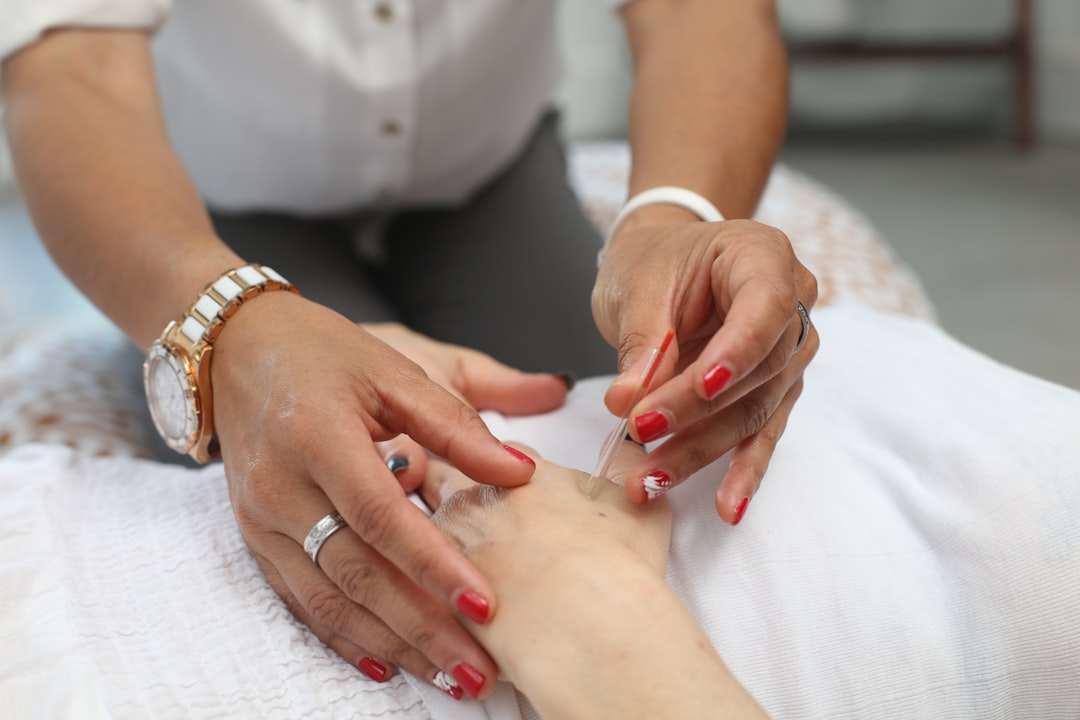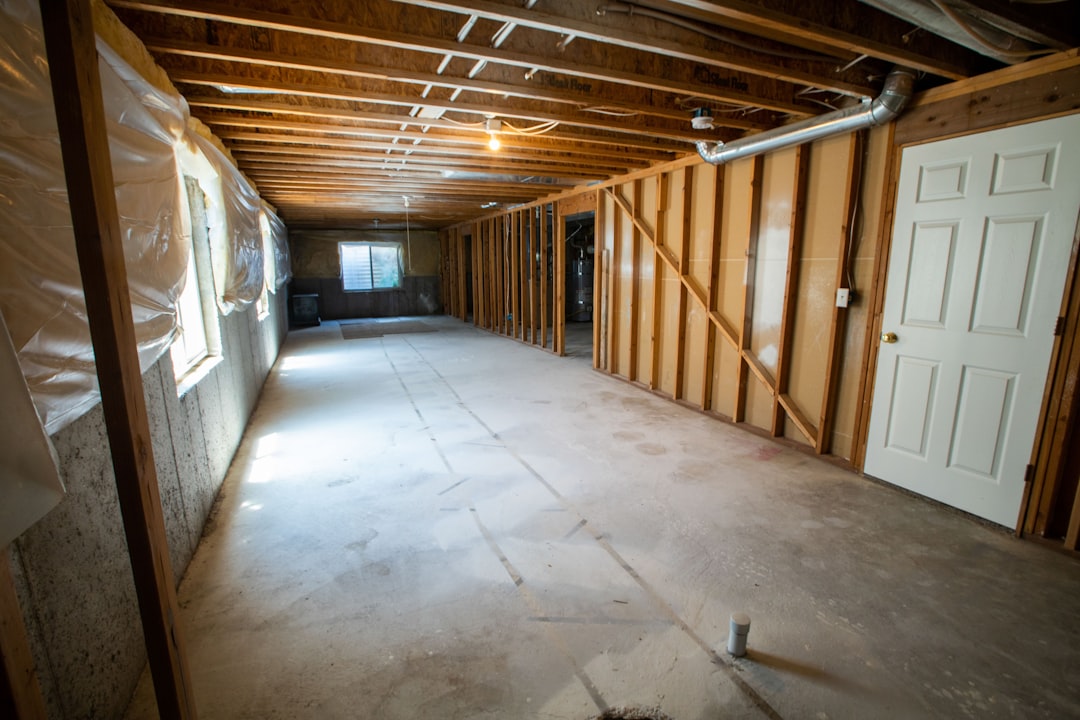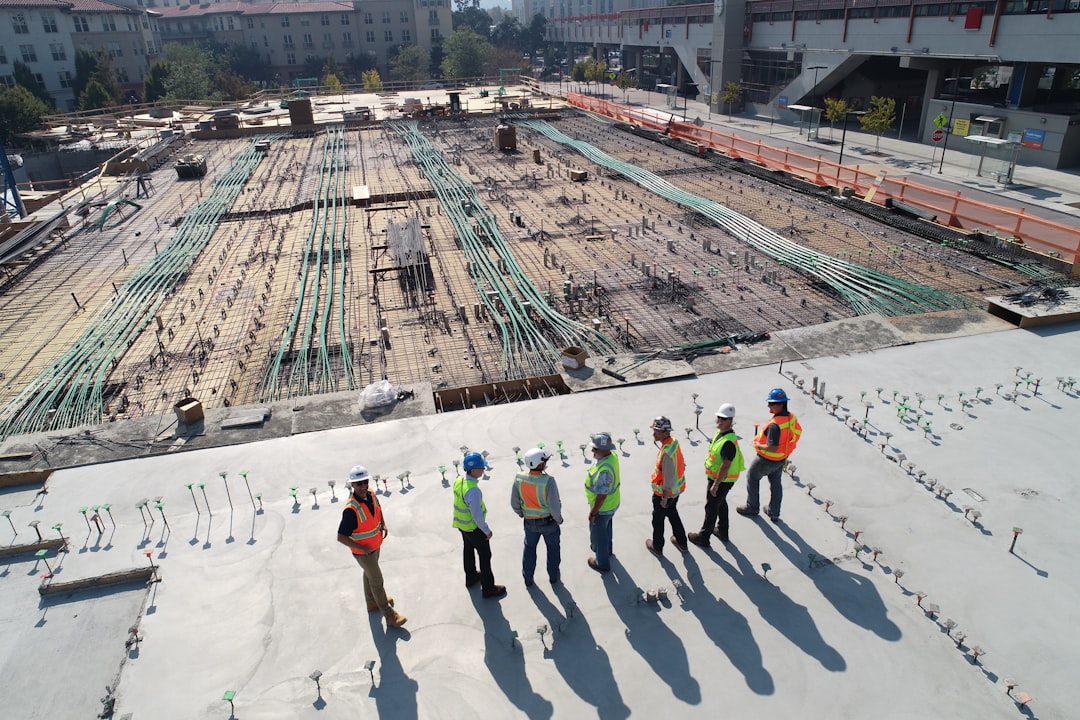Liquid waterproofing is a modern approach to protecting structures from water damage. This technique involves applying a liquid membrane over surfaces to create a seamless barrier against moisture intrusion. It is widely used in construction and maintenance due to its versatility and effectiveness.
Traditional waterproofing methods often involve sheets or rolls of material, which require precise cutting and sealing. In contrast, liquid waterproofing offers a simpler application process. The liquid is typically applied using a brush, roller, or spray, allowing it to conform to any surface, regardless of shape or complexity. This adaptability makes liquid waterproofing an ideal choice for a wide range of projects, from roofs and balconies to bathrooms and basements.
One of the primary benefits of liquid waterproofing is its ability to provide a continuous, joint-free membrane. This eliminates the potential weak points found in traditional sheet-based systems, where seams and joints can sometimes fail over time. As a result, liquid waterproofing offers enhanced protection and durability. Additionally, many liquid membranes are designed to withstand UV exposure, which means they can be used in exterior applications without degrading rapidly under sunlight.
Another significant advantage of liquid waterproofing is its ease of maintenance and repair. If a section of the membrane becomes damaged, it can be easily repaired by applying more liquid over the affected area. This simplicity contrasts with the more complex repairs required for sheet-based systems, where entire sections may need to be replaced. Moreover, the quick curing time of many liquid products means that repairs can be completed swiftly, reducing downtime and inconvenience.
For those looking to incorporate liquid waterproofing into their projects, it’s important to choose the right product for the specific requirements. Factors such as substrate material, environmental conditions, and intended use will influence the choice of membrane. For more detailed information about liquid waterproofing options, you can explore the comprehensive range of liquid waterproofing solutions available on the market.
In terms of environmental impact, liquid waterproofing products have made significant strides in recent years. Many formulations are now water-based, reducing the presence of volatile organic compounds (VOCs) that can be harmful to the environment and human health. This shift towards eco-friendly products aligns with the growing demand for sustainable building practices.
Furthermore, the flexibility of liquid membranes accommodates the natural movement of buildings and structures. This elasticity is crucial in preventing cracks and leaks that can develop as a result of thermal expansion and contraction. By maintaining a watertight seal even under varying conditions, liquid waterproofing contributes to the longevity and integrity of structures.
As the demand for reliable and efficient waterproofing solutions continues to grow, liquid waterproofing stands out as a practical choice for both new constructions and renovations. Its ease of application, durability, and adaptability make it an attractive option for architects, builders, and homeowners alike. For more insights and detailed offerings in this field, you can visit the official website of a leading provider in the industry.
In conclusion, liquid waterproofing represents a significant advancement in protective coatings for buildings and structures. Its seamless application, robust performance, and environmentally friendly options make it a preferred solution for safeguarding against water damage. Whether for residential or commercial use, liquid waterproofing continues to prove its value across various applications.








